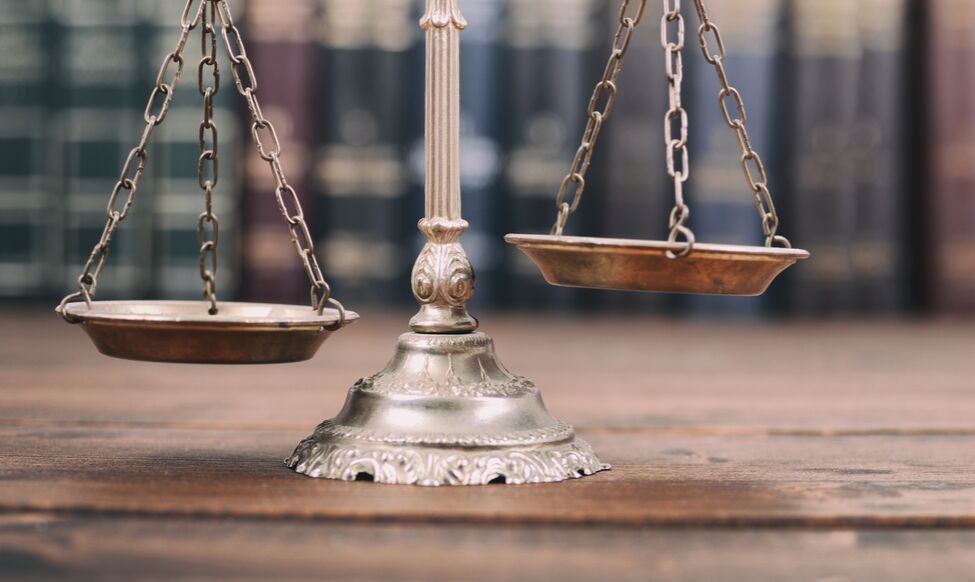In honor of this year’s 50th anniversary of the historic Apollo 11 Moon Landing, it seems appropriate that Americans look to the past, not only to see how far we’ve come, but to realize how extraordinary some of the achievements of our forebearers were and to inspire us to similar feats of excellence and innovation in the future. Those who exhibit excellence and innovation, who exhibit a leadership which shows humanity what they could and should be, can be found in every walk of life and every field of study. Perhaps some of the clearest examples of leadership can be found in the diverse history of America’s lawyers.
From the colonial era through the present day, American lawyers have been leading the way in utilizing the law to create a more just and equitable society. They took unpopular, even dangerous positions at times, knowing that to lead is to follow your conscience. Whether that is by using the law as training for the political arena and presidential leadership as Abraham Lincoln did, or asserting their own rights under the law at a time when this was controversial as Margaret Brent did, or through arguing landmark cases as Thurgood Marshall did, there are many ways American lawyers have historically shown leadership.
Many American lawyers have shown leadership through the practice of the law itself. Margaret Brent (1601-1671) became the first colonial woman to appear before a common law court in her duties as the Governor’s attorney and executrix of his will in 1648. She also requested a voice in the assembly and two votes, one as a landowner in her own right and one as the Governor’s attorney. John Adams (1735-1826) represented the British soldiers accused of murder at the Boston Massacre in March 1770, despite both his objections to British actions towards the colonies and his own fear of tarnishing his reputation, believing that everyone should get a fair trial. Thurgood Marshall (1908-1993) had a long and distinguished career arguing civil rights cases, starting with Murray v. Pearson (1934) and culminating in Brown v. Board of Education of Topeka (1954). His success provided a legal basis for arguments that separate but equal was unconstitutional and helped pave the way for the Civil Rights Act of 1964. The actions of these lawyers were strictly within the law, their stage was the courtroom and yet their words set lasting precedent for women’s rights, civil rights and the belief that the law should be impartial and just to all.
American lawyers have also shown leadership by applying the law outside the courtroom. Henry Clay (1777-1852) had his own legal practice for over 50 years but was also a U.S. Senator, Representative and Secretary of State. He was influential in developing the early U.S. legal system as distinct from but built upon the English tradition, and his debate, oratory and compromise abilities helped prevent the Civil War for several decades. Richard Henry Dana, Jr. (1815-1882) joined the Merchant Marines in his youth and eventually specialized in maritime law but was also a distinguished writer. In his Two Years Before the Mast (1840), a memoir from his years at sea and an American classic, he brought the plight of sailors to the public’s attention. Belva Lockwood (1830-1917) became the first female attorney to be allowed to practice before the U.S. Supreme Court. She also ran for president in 1884 and 1888 – the first woman to appear on official ballots – and drafted an anti-discrimination bill passed by Congress in 1879. From applying law to the political sphere to the field of writing and to women’s rights, these American lawyers were also leaders outside the courtroom.
Finally, some American lawyers have led by acting outside the law, only to be vindicated by history and time. Perhaps we could point to Abraham Lincoln (1809-1865), who suspended habeas corpus in 1861 and 1862 to preserve the Union and was retroactively granted the power to do so by Congress in 1863. Or we could speak of Lyda Burton Conley (1869-1946) who challenged the government in Court over the sale of the Huron Cemetery in Kansas City. The first attorney to argue that burial grounds for Native Americans should be entitled to federal protection, when she lost the case, she and her sisters took to guarding the cemetery themselves against all trespassers. In 1916, with the support of the Kansas Governor, the Huron Cemetery was established as a federal park.
There are as many ways to exhibit leadership as there are ways in which to practice and apply the study of law. What is clear is that law and progress are inextricably bound together, and that American lawyers hold a unique place in their ability to utilize the law to lead America into the future.
Thank you to Michelle Toscano for her research and writing assistance with this article.

